The intersection of meridian theory in traditional Chinese medicine and modern fascial science has become a fascinating frontier in integrative medicine. For centuries, Eastern medical practitioners have mapped intricate pathways of qi flow through the body's meridians, while Western anatomists have only recently begun unraveling the complex web of fascial connective tissues. What emerges from this convergence is a compelling dialogue between ancient wisdom and contemporary science that could reshape our understanding of human physiology.
The living matrix of the body reveals striking parallels between these two systems. Traditional meridian charts show channels remarkably similar to the pathways of fascial trains discovered through modern dissection. Practitioners of acupuncture have long described the "de qi" sensation as a traveling warmth or tingling along meridian pathways - an experience that modern researchers now speculate may correlate with fascial mechanotransduction. This bioelectrical communication network within the fascia could potentially explain how needle stimulation creates systemic effects.
Fascial continuity provides a possible physical substrate for the meridian system that ancient physicians intuitively described. The superficial back line identified in fascial anatomy mirrors the bladder meridian, while the deep front arm line corresponds closely to the heart and lung meridians. These anatomical correlations suggest that traditional meridian maps may represent an early understanding of the fascial network's organization and functional relationships.
The concept of tensegrity architecture in fascial science offers new insights into meridian theory. Like suspension bridges where tension and compression elements create stable structures, the body maintains its form through continuous tension along fascial lines with compressive elements in bones. This explains how a needle inserted in the foot can affect shoulder tension - the mechanical forces transmit through the interconnected fascial web, just as qi was said to flow through interconnected meridians.
Recent histological studies have identified higher concentrations of sensory nerve endings, capillaries, and interstitial cells along classical meridian pathways. These "privileged" communication lines in the fascial network exhibit greater conductivity and sensitivity, potentially serving as the physiological basis for both meridian phenomena and fascial signaling. The discovery of these specialized fascial tracts lends scientific credibility to ancient observations about energy transmission routes in the body.
The emerging synthesis of these paradigms has profound clinical implications. Manual therapists incorporating meridian awareness report more precise fascial releases, while acupuncturists applying fascial anatomy achieve deeper therapeutic effects. This cross-pollination of knowledge is leading to innovative hybrid techniques that address both the mechanical and energetic aspects of health. The fascia-meridian connection may ultimately provide the missing link between structural bodywork and energy medicine.
As research continues, the dialogue between these systems promises to deepen our understanding of human physiology's interconnected nature. What ancient Chinese physicians described as "qi stagnation" may find its correlate in modern fascial restrictions, while fascial inflammation could represent the biomedical equivalent of "damp heat" in meridian theory. This convergence reminds us that the body's wisdom often transcends cultural and historical boundaries, revealing universal truths through different lenses of understanding.

By /Jul 14, 2025

By /Jul 14, 2025

By /Jul 14, 2025
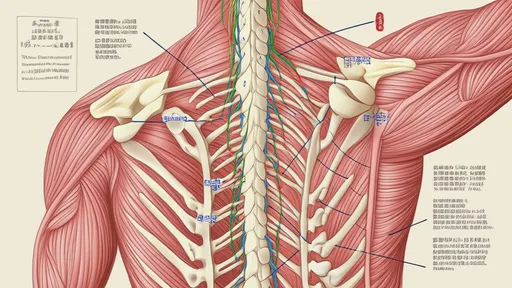
By /Jul 14, 2025
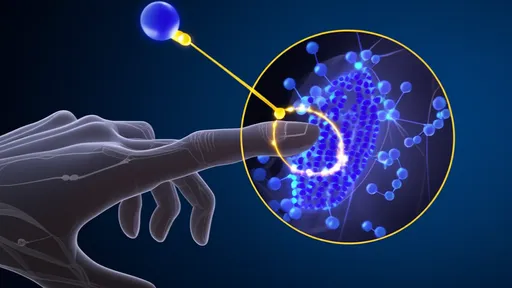
By /Jul 14, 2025
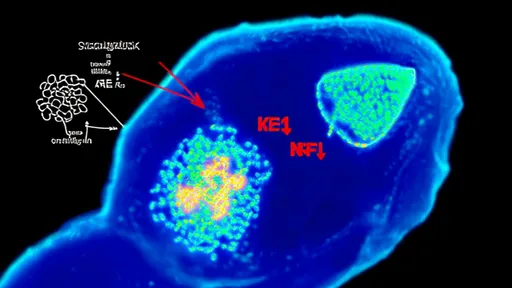
By /Jul 14, 2025

By /Jul 14, 2025
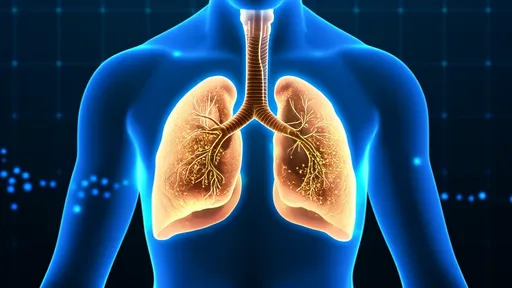
By /Jul 14, 2025
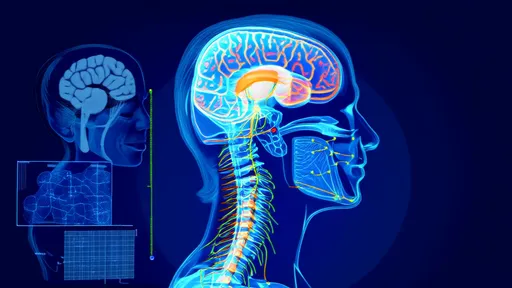
By /Jul 14, 2025

By /Jul 14, 2025

By /Jul 14, 2025
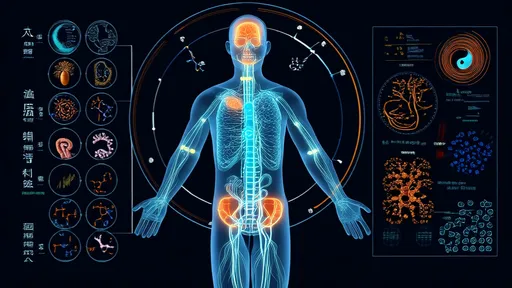
By /Jul 14, 2025

By /Jul 14, 2025

By /Jul 14, 2025

By /Jul 14, 2025

By /Jul 14, 2025

By /Jul 14, 2025

By /Jul 14, 2025